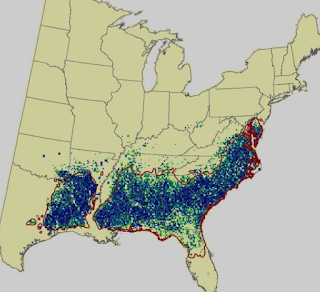 |
| Endo began in 1920 as "Intravenous Products of America." Its website does not mention opioids; instead it highlights the company's "past successes and history of expertise." (Endo photo) |
A lesser-known pharmaceutical company named Endo made billions of dollars during the U.S. prescription opioid crisis by marketing its flagship opioid, Opana ER, as safe and non-addictive.
Despite whistleblower suits from Endo employees, the U.S. Department of Justice failed to pursue Endo, even as it vigorously prosecuted Purdue Pharma for its part in the opioid crisis, report Bob Fernandez of ProPublica and Craig R. McCoy of The Philadelphia Inquirer. The DOJ's investigative delay and the company's clever bankruptcy exit strategy allowed Endo to "escape $1.5 billion in fines and forfeitures" it owed and billions more "officials said it owed the U.S. government."
When the DOJ finally moved to prosecute Endo for its part in the opioid crisis, the company was bankrupt. "In what amounted to a liability fire sale by the Justice Department, the company’s woes with the federal government would all be resolved by a $200 million payment," Fernandez and McCoy explain. "In sentencing Endo in federal court Judge Linda Parker wondered how the amount paid to the U.S. could be so low. Parker said, 'I just don’t understand how it went from $1 billion to $200 million.' Federal prosecutor Benjamin Cornfeld explained: Endo was broke."
While Endo's 2024 financial troubles were real, a deeper look at the DOJ's delay after winning a criminal case against Endo in 2014, revealed how in those intervening years allowed Endo "vastly expanded its narcotic-pill empire before executing a corporate escape plan," Fernandez and McCoy write. "The plan allowed Endo to restructure its debt to retain control of the company and hand out $95 million in executive bonuses before seeking protection in bankruptcy."
DOJ's settlement with Endo concluded some of the company's financial troubles and "also mostly erased claims of another $1.5 billion for false health care billing and Medicare costs generated by the opioid crisis." In addition, "Endo paid a tiny fraction — three pennies on the dollar — of the $7 billion that officials said it owed the U.S. government, including $4 billion in taxes," Fernandez and McCoy explain. "Hundreds of lawyers, paralegals and financial advisers litigated Endo’s bankruptcy, billing more than $350 million. . . . Individual opioid victims didn’t fare as well. They got just $40 million from Endo — a sum that works out to about $1,000 per victim."










